Home>Interior Design>What Color Should You Paint A Home Office?
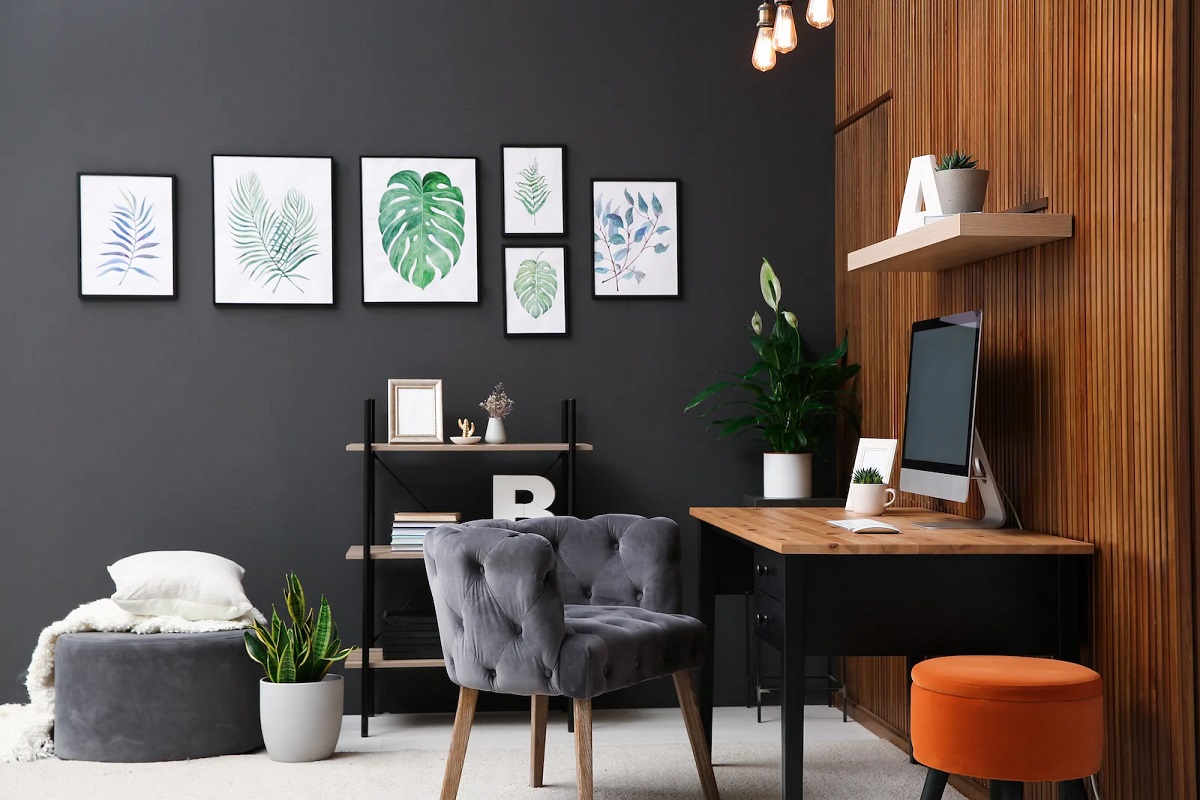

Interior Design
What Color Should You Paint A Home Office?
Modified: January 22, 2024
Discover the perfect color for your home office with our interior design tips. Enhance productivity and create a stylish workspace with the right paint choice.
(Many of the links in this article redirect to a specific reviewed product. Your purchase of these products through affiliate links helps to generate commission for Storables.com, at no extra cost. Learn more)
Introduction
When it comes to designing a home office, one of the most important decisions you have to make is choosing the right color for the space. The color of your home office can have a significant impact on your mood, productivity, and overall well-being while working from home.
Colors have the power to evoke emotions and set the tone for a room. In a home office, the right color can help create a conducive environment for creativity, focus, and productivity. However, with so many color options available, it can be overwhelming to decide which shade is best suited for your needs.
In this article, we will explore the factors you should consider when choosing a color for your home office, how natural light can impact the mood of your workspace, the effects of colors on your psychological well-being, and some recommended colors for a home office that promote productivity and inspiration.
Whether you are a freelancer, a remote worker, or someone who simply wants a productive space to work on personal projects, this guide will provide you with valuable insights to help you select the perfect color for your home office.
Key Takeaways:
- Choose a color for your home office that complements natural light and promotes productivity. Consider factors like natural light, color psychology, and personal preferences to create an inspiring and conducive workspace.
- Recommended colors for a home office include white, beige, gray, blue, and green, each offering unique benefits for productivity and inspiration. Experiment with color palettes to create a space that reflects your personality and boosts your professional endeavors.
Factors to Consider
When deciding on the color for your home office, there are several important factors to consider. Each factor will play a role in creating a space that is comfortable, inspiring, and conducive to work. Here are a few essential factors to keep in mind:
- Natural Light and Mood: The amount and quality of natural light that enters your home office can greatly influence the mood and atmosphere of the space. Consider how the color will interact with the natural light, as it can sometimes affect the perceived color. A color that looks vibrant in natural light may appear dull under artificial lighting.
- Productivity and Focus: Different colors can have varying effects on productivity and focus. It’s important to choose a color that promotes concentration and energy while avoiding colors that may be distracting or overly stimulating.
- Personal Preference and Inspiration: Your personal preferences and the type of work you do should also be taken into account. Consider the atmosphere you want to create and whether you prefer a calm and soothing environment or a more vibrant and energetic space.
By considering these factors, you can make informed decisions about the color scheme of your home office and create a space that not only looks visually appealing but also enhances your productivity and well-being.
Natural Light and Mood
The amount and quality of natural light in your home office can greatly impact the mood and atmosphere of the space. Natural light has a way of making a room feel open, airy, and inviting. When choosing a color for your home office, it’s crucial to consider how it will interact with natural light throughout the day.
One essential factor to keep in mind is that natural light can affect the perceived color of your walls. Sunlight can accentuate certain tones and make them appear more vibrant, while dimmer light can mute the colors. Therefore, it’s a good practice to observe how the color looks at different times of the day before finalizing your decision.
If your home office is flooded with natural light, you have the freedom to explore a wide range of colors. A light, neutral color palette can enhance the brightness and spaciousness of the room. Shades of white, beige, or light gray can create a clean and minimalistic aesthetic, promoting a sense of calmness and clarity.
On the other hand, if natural light is limited in your home office, you may want to consider using brighter colors to compensate. Warm colors like yellows and oranges can add a cheerful and energizing touch to the space, making it feel more vibrant and lively.
Additionally, the orientation of windows and the direction of sunlight should also be considered. South-facing windows tend to bring in the most light throughout the day, while north-facing windows provide a softer and cooler light. Rooms with east-facing windows will receive gentle morning light, while west-facing windows offer warm afternoon light.
Ultimately, the goal is to create a harmonious balance between the color of your home office and the natural light that enters the space. By observing how natural light interacts with different colors, you can select a hue that enhances the mood you want to create in your work environment.
Productivity and Focus
When designing a home office, one of the primary goals is to create a space that promotes productivity and helps you stay focused on your work. The color scheme you choose plays a crucial role in achieving this. Different colors have varying effects on our emotions and cognitive functions, so it’s important to consider how they can impact your productivity and focus.
Here are a few color considerations to keep in mind:
- Blue: Blue is often associated with feelings of calmness, focus, and productivity. It has a soothing effect that can help reduce stress and encourage concentration. Lighter shades of blue can create a peaceful atmosphere, while deeper blues can evoke a more serious and productive tone.
- Green: Green is known for its refreshing and restorative qualities. It’s a color that’s often associated with nature and can bring a sense of tranquility and balance to a space. Green is also believed to promote creativity and mental clarity, making it a great choice for a home office.
- Yellow: Yellow is a vibrant and energetic color that can stimulate the mind and enhance optimism. It’s often associated with creativity and can help boost mood and motivation. However, it’s important to use yellow in moderation, as too much can be overwhelming and distracting.
- Neutrals: Neutral colors like gray, white, and beige can provide a calm and balanced backdrop for your work environment. These colors are versatile and can complement various design styles while allowing you to personalize the space with accent colors or accessories.
While these colors can have a positive influence on productivity and focus, it’s essential to choose shades that resonate with you personally. Everyone has unique preferences and sensitivities to color, so it’s crucial to trust your instincts and select a color that makes you feel motivated and focused.
Remember, achieving a productive and focused mindset goes beyond just the color of your walls. It’s important to maintain a clutter-free and organized workspace and to establish routines and habits that support your productivity goals. Combine these elements with a color scheme that promotes concentration, and you’ll be well on your way to creating an ideal home office environment.
Consider painting your home office in a calming color like blue or green to promote focus and productivity. Avoid overly bright or distracting colors.
Personal Preference and Inspiration
Your home office is a reflection of your personal style and preferences, so it’s important to choose a color that not only enhances productivity but also inspires and motivates you. Consider the atmosphere you want to create and the type of work you will be doing in the space.
Here are a few considerations when it comes to personal preference and inspiration:
- Favorite Colors: Start by thinking about your favorite colors and how they make you feel. Colors that you naturally gravitate towards can create a sense of comfort and joy in your work environment.
- Color Associations: Colors can have different associations and symbolism. For example, if you want to create a sense of calm and serenity, you may lean towards blues and greens. On the other hand, if you want to evoke energy and passion, warm colors like reds and oranges might be more appealing.
- Balance and Harmony: Consider how the color of your home office will coordinate with the rest of your home’s interior design. Strive for a cohesive and harmonious color scheme that fits seamlessly with the overall aesthetic of your space.
- Inspiration and Mood Boards: If you’re unsure of which color to choose, create a mood board or gather inspiration from online sources, such as Pinterest or interior design websites. Collect images that evoke the atmosphere and style you desire, and notice the color palettes that resonate with you.
By taking your personal preferences into account, you’ll ensure that your home office is a space where you feel inspired and motivated to work. Remember that the color of your workspace can have a significant impact on your mindset and overall well-being, so choose a color that aligns with your goals and aspirations.
Psychological Effects of Colors
Colors have the power to evoke emotions, influence moods, and impact our psychological well-being. Understanding the psychological effects of colors can help you make informed decisions when choosing a color for your home office. Here are some common colors and their associated psychological effects:
- Blue: Blue is often associated with calmness, productivity, and trust. It can create a sense of peace and stability, making it an excellent choice for those who need a soothing and focused environment.
- Green: Green is commonly associated with nature and represents growth, balance, and harmony. It can have a calming effect and promotes feelings of relaxation and rejuvenation, making it ideal for individuals seeking a tranquil and refreshing workspace.
- Yellow: Yellow is a vibrant and energetic color that stimulates feelings of happiness, optimism, and creativity. It can evoke a sense of warmth and brightness, enhancing motivation and productivity in your home office.
- Red: Red is a powerful and stimulating color associated with passion, energy, and excitement. It can increase heart rate and adrenaline levels, making it suitable for individuals who thrive in a dynamic and high-energy work environment. However, it should be used sparingly as it can be overwhelming if used in excess.
- Orange: Orange is a warm and invigorating color that combines the energy of red with the happiness of yellow. It can promote enthusiasm, creativity, and inspiration, making it a popular choice for creative individuals working from home.
- Purple: Purple is often associated with royalty, luxury, and creativity. It can stimulate imagination and introspection, making it a good choice for those seeking a space that encourages deep thinking and creativity.
It’s important to note that individual preferences and cultural influences can also impact how we respond to colors. Additionally, different shades and intensities of each color can evoke different emotions and have varying effects on our psychological state.
When choosing a color for your home office, consider the type of work you do and the desired mood and atmosphere you want to create. Experiment with different colors and observe how they make you feel. Sometimes, a combination of colors or accent walls can create a balanced and stimulating environment.
Ultimately, the psychological effects of colors should guide your decision-making process, ensuring that your home office becomes a space that promotes a positive and productive mindset.
Recommended Colors for a Home Office
When it comes to creating an ideal home office, certain colors have proven to be particularly effective in creating a productive and inspiring workspace. While personal preferences and the nature of your work should always be taken into consideration, here are some recommended colors for a home office:
- White: White is a versatile and timeless color that can create a clean, minimalist, and professional look. It’s a perfect choice for those who want a neutral and calming environment that promotes focus and clarity. White also reflects light, making the room appear brighter and more spacious.
- Beige or Tan: Beige and tan colors offer a warm and neutral base for your home office. These earth-toned hues create a comfortable and inviting atmosphere while maintaining a professional vibe. They serve as excellent backdrops for accent colors and complement different design styles.
- Gray: Gray is a sophisticated and versatile color that can bring a sense of elegance to your home office. Lighter shades of gray can create a serene and calming ambiance, while darker hues can add depth and a touch of drama. Gray can also serve as a great background for pops of color or vibrant accents.
- Blue: Blue is known for its calming and focusing effects. Light shades of blue, such as sky blue or pale blue, can create a serene and tranquil environment that promotes concentration and clarity. Deeper shades of blue, like navy or royal blue, can add a sense of professionalism and authority to the space.
- Green: Green is often associated with nature and has a restorative and calming effect on the mind. Shades of green, such as sage or mint, can create a refreshing and soothing atmosphere in your home office. Green also symbolizes growth and harmony, making it an excellent choice for those seeking balance and inspiration.
It’s important to remember that these recommendations are meant to serve as inspiration, and you should choose colors that resonate with your personal style and preferences. Consider creating a color palette by combining these colors with complementary shades or using them as a base alongside accent colors that inspire you.
Don’t be afraid to experiment and create a home office that reflects your personality and boosts your productivity. The goal is to create a space that you enjoy spending time in and that supports your professional endeavors.
Conclusion
Designing a home office involves careful consideration of various factors, including the color scheme. The color of your workspace can significantly impact your mood, productivity, and overall well-being while working from home. By understanding the factors to consider, the psychological effects of colors, and your personal preferences, you can create a home office that is not only visually appealing but also conducive to work and inspiration.
When choosing a color for your home office, consider the natural light and how it interacts with different color tones. Natural light can enhance or mute colors, so observe your space at different times of the day to ensure you choose the right shade.
Productivity and focus should also be taken into account when selecting a color. Colors like blue, green, and yellow have been shown to promote concentration and encourage a productive mindset. Find the right balance between invigorating and soothing colors based on your work style and preferences.
Your personal preferences and the type of work you do should guide your color selection. Choose colors that resonate with you and inspire you to achieve your goals. Consider creating mood boards or gathering inspiration from various sources to help you visualize the atmosphere you want to create.
Lastly, keep in mind the psychological effects of colors. Different colors evoke different emotions and moods. Understanding these effects can help you create a harmonious and productive workspace. White, beige, gray, blue, and green are some recommended colors for a home office, but ultimately, choose colors that feel right for you.
In conclusion, the color of your home office is a vital consideration in creating a space that fosters productivity, inspiration, and well-being. Combine your personal style with the principles of color psychology to design a home office that supports your work and reflects your unique personality. With the right color scheme, you can transform your home office into a space where you feel motivated, focused, and ready to achieve your professional goals.
Frequently Asked Questions about What Color Should You Paint A Home Office?
Was this page helpful?
At Storables.com, we guarantee accurate and reliable information. Our content, validated by Expert Board Contributors, is crafted following stringent Editorial Policies. We're committed to providing you with well-researched, expert-backed insights for all your informational needs.
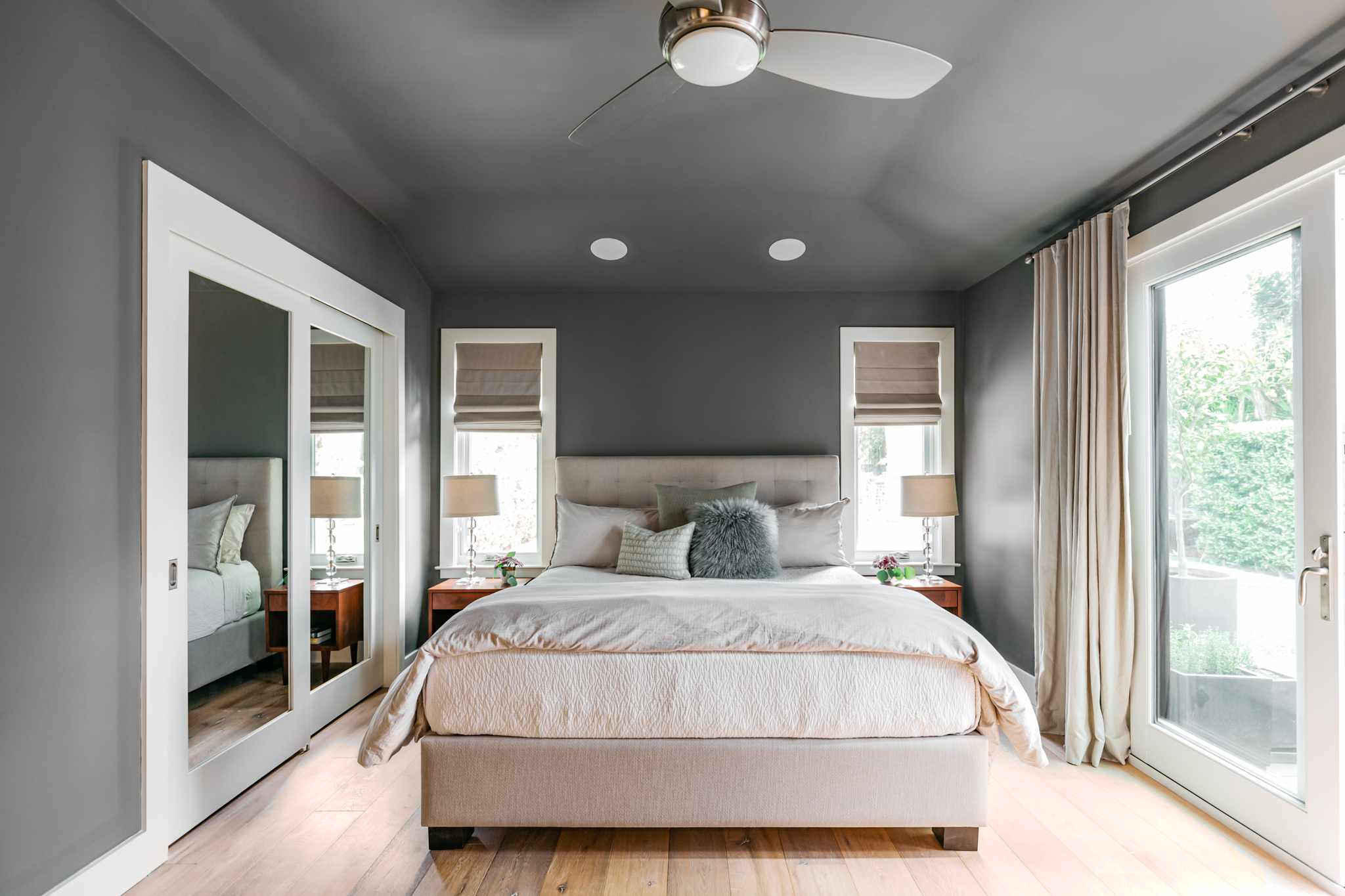
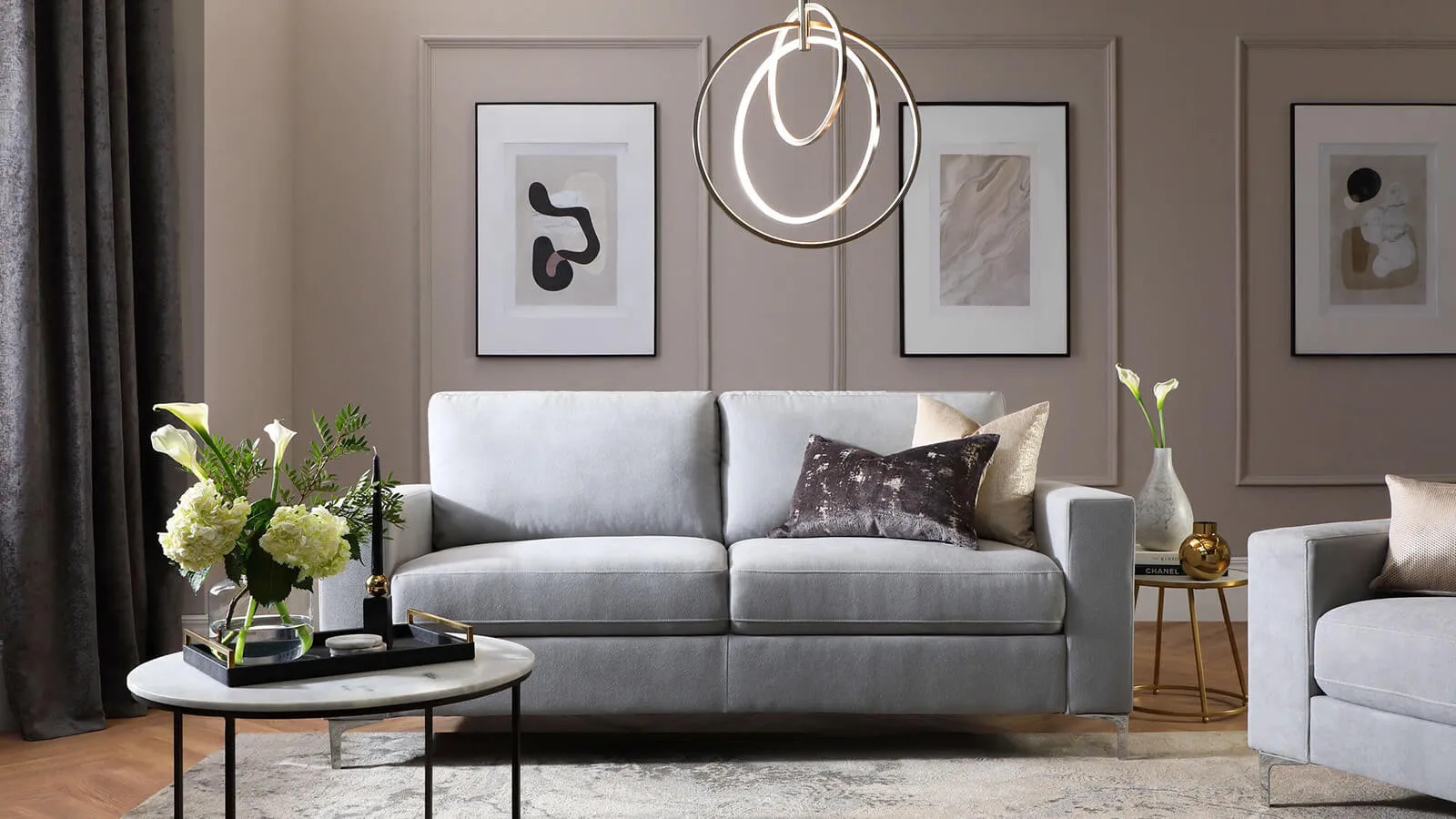
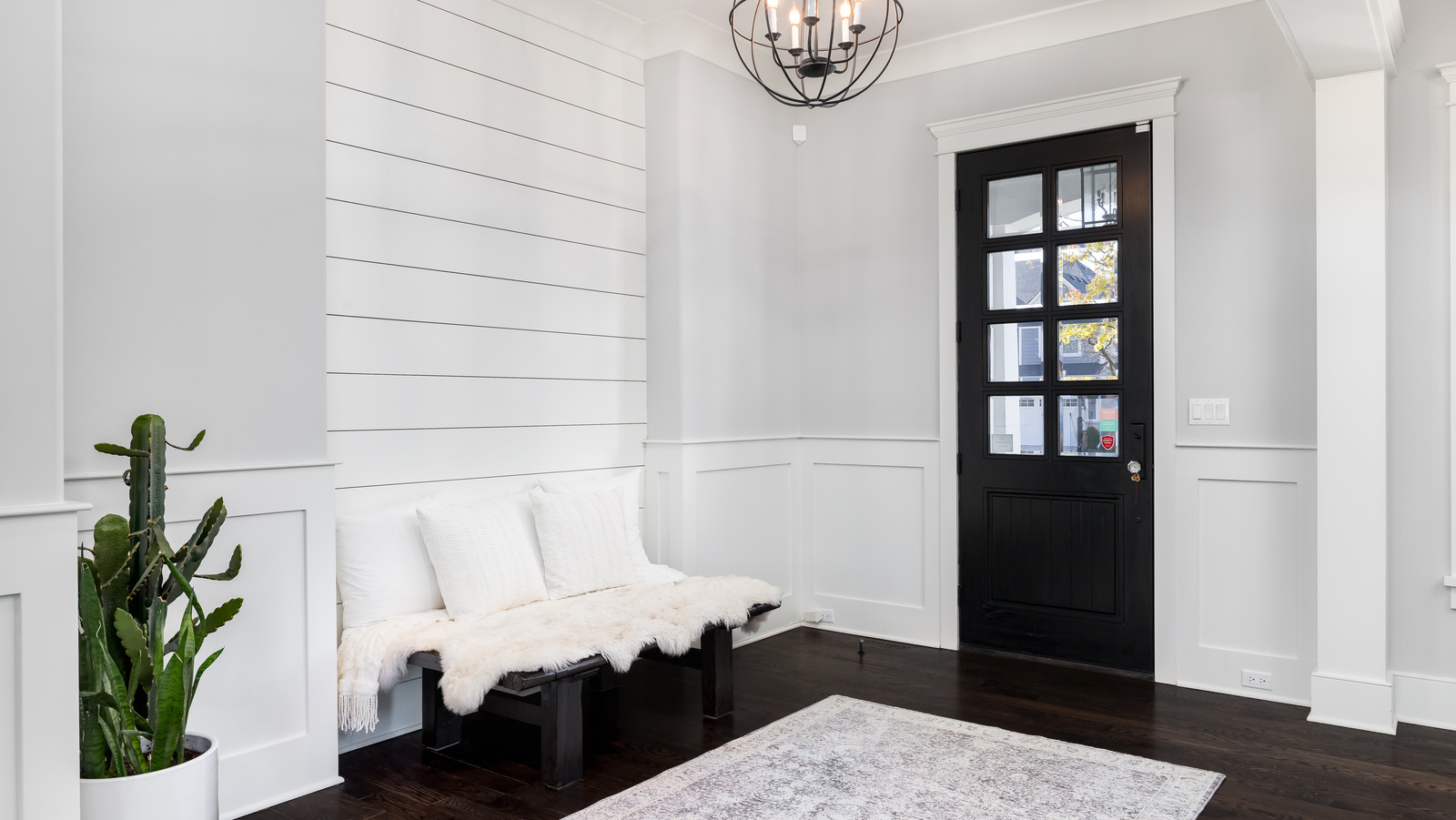
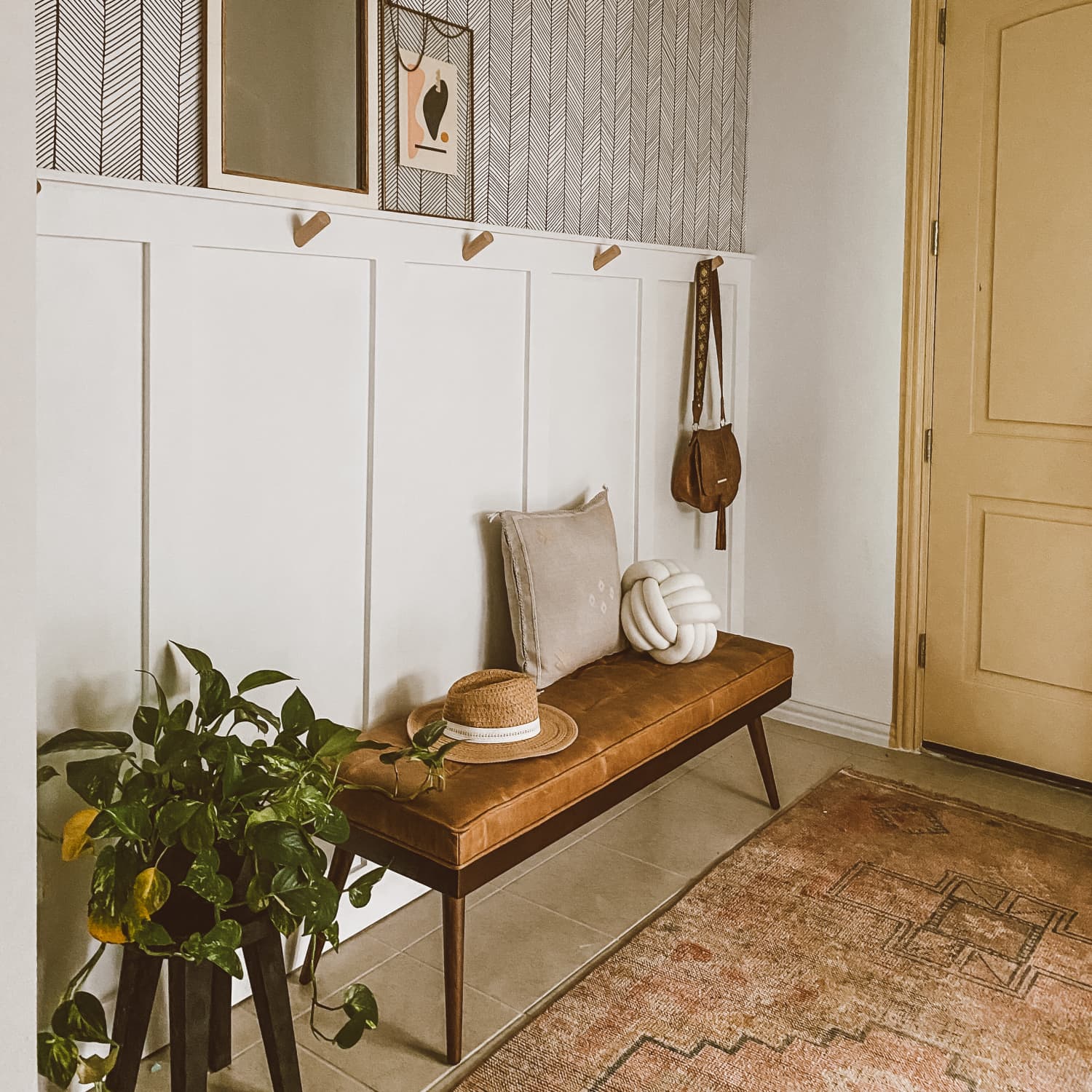
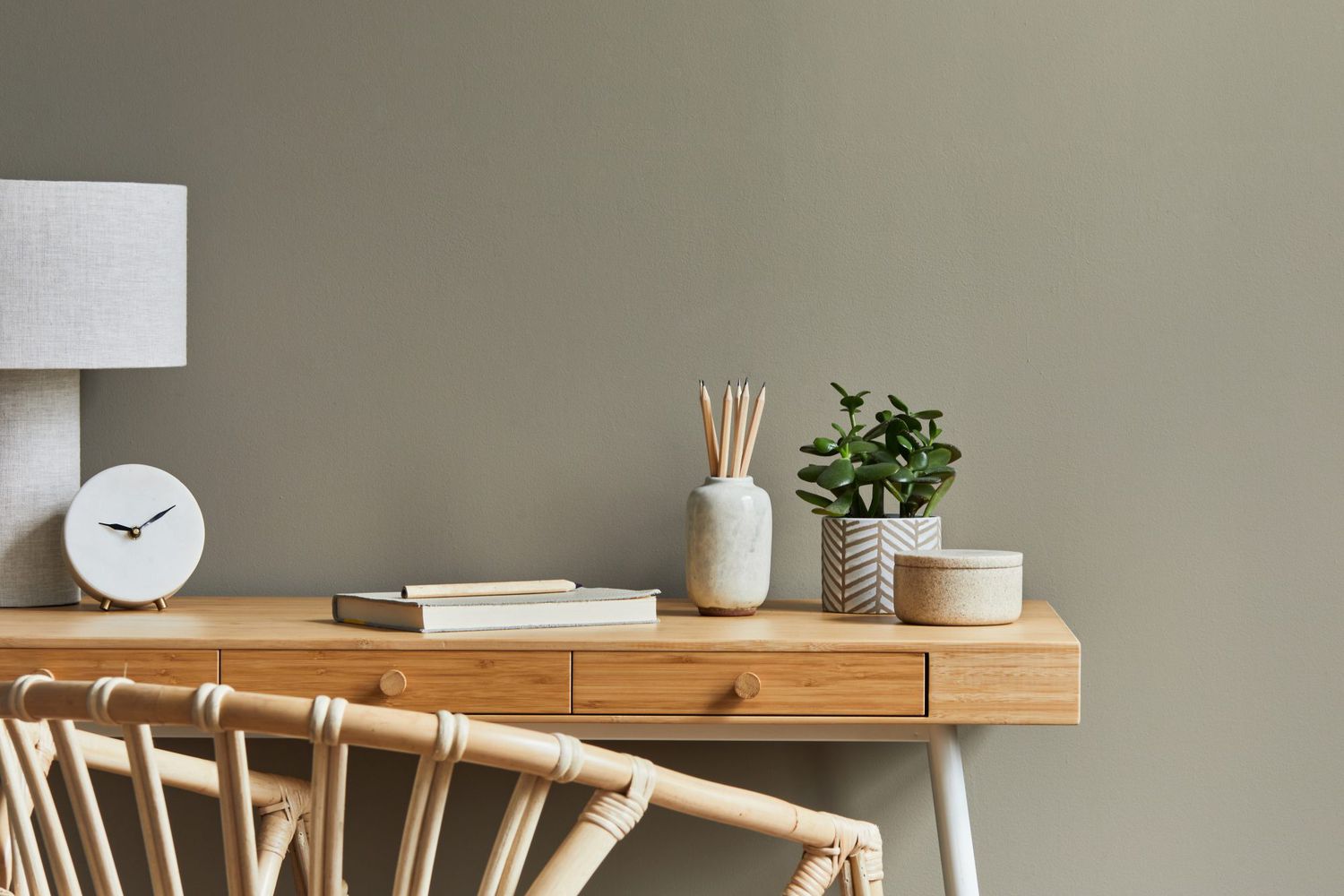
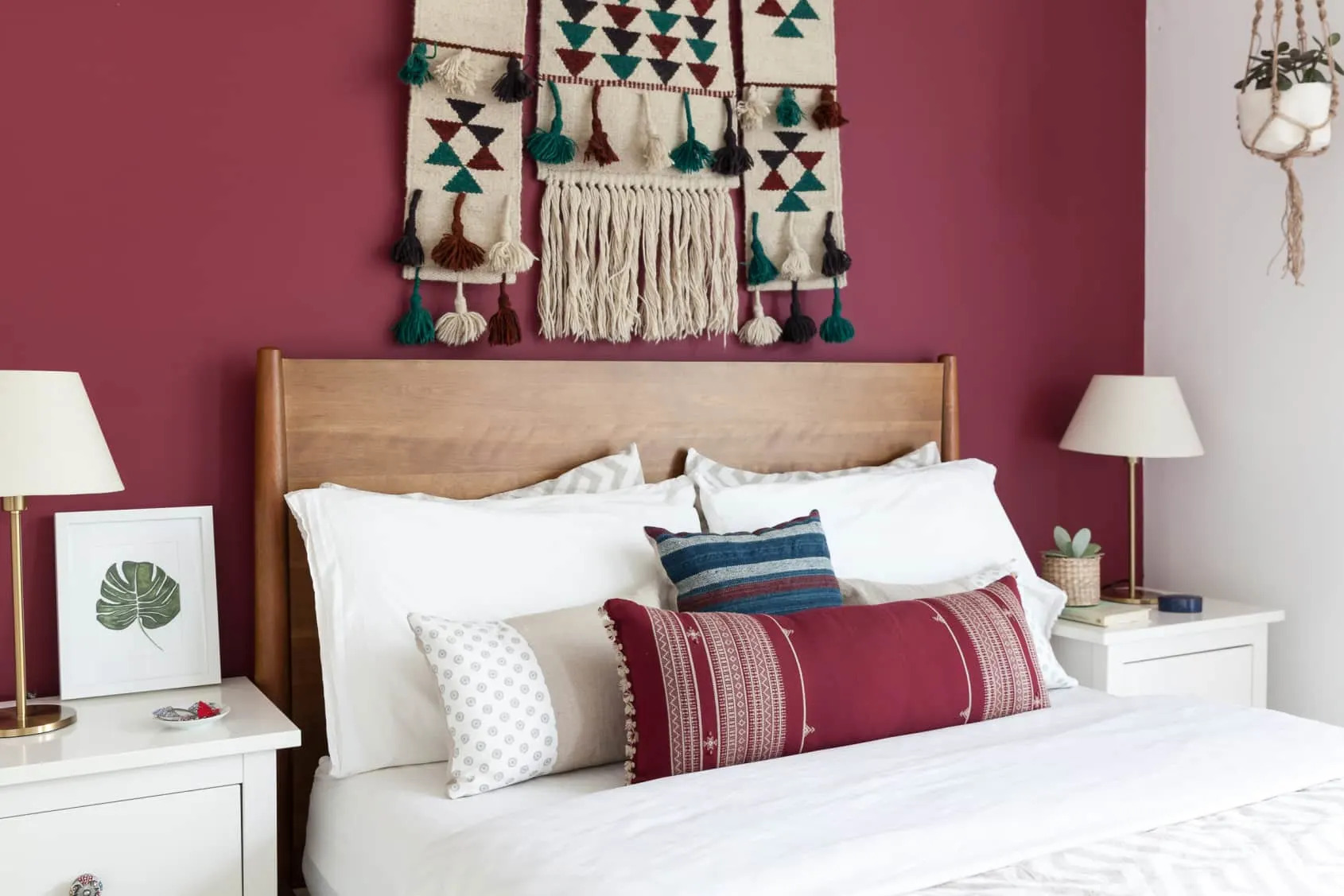
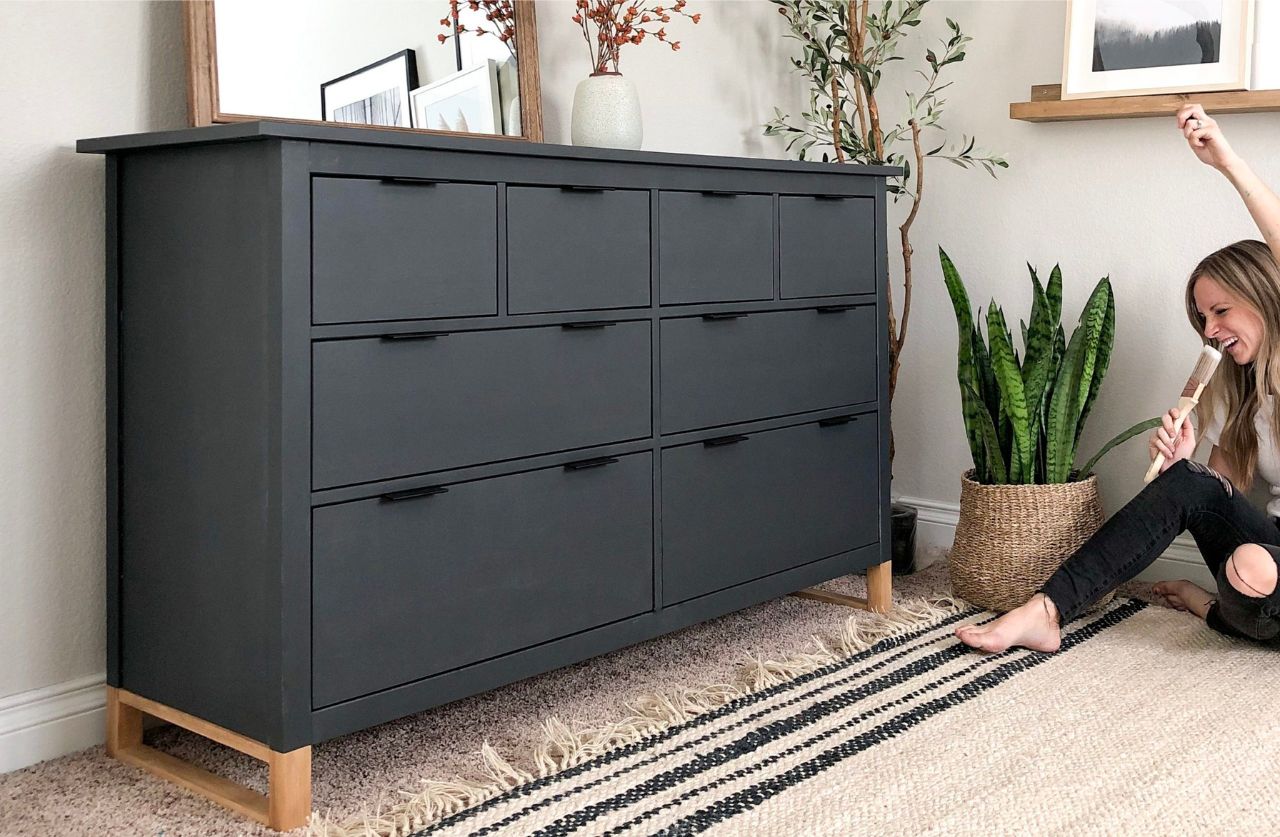
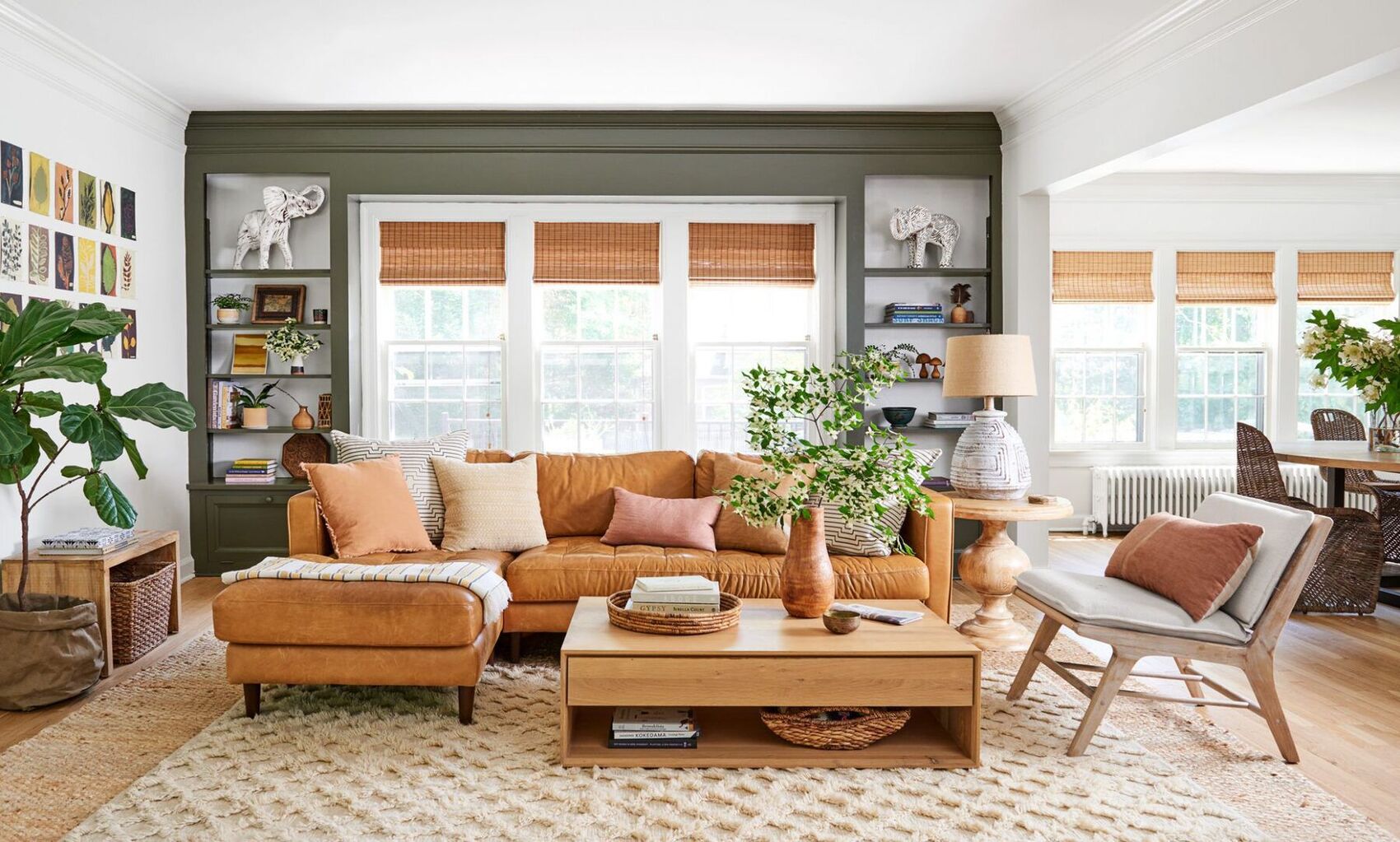
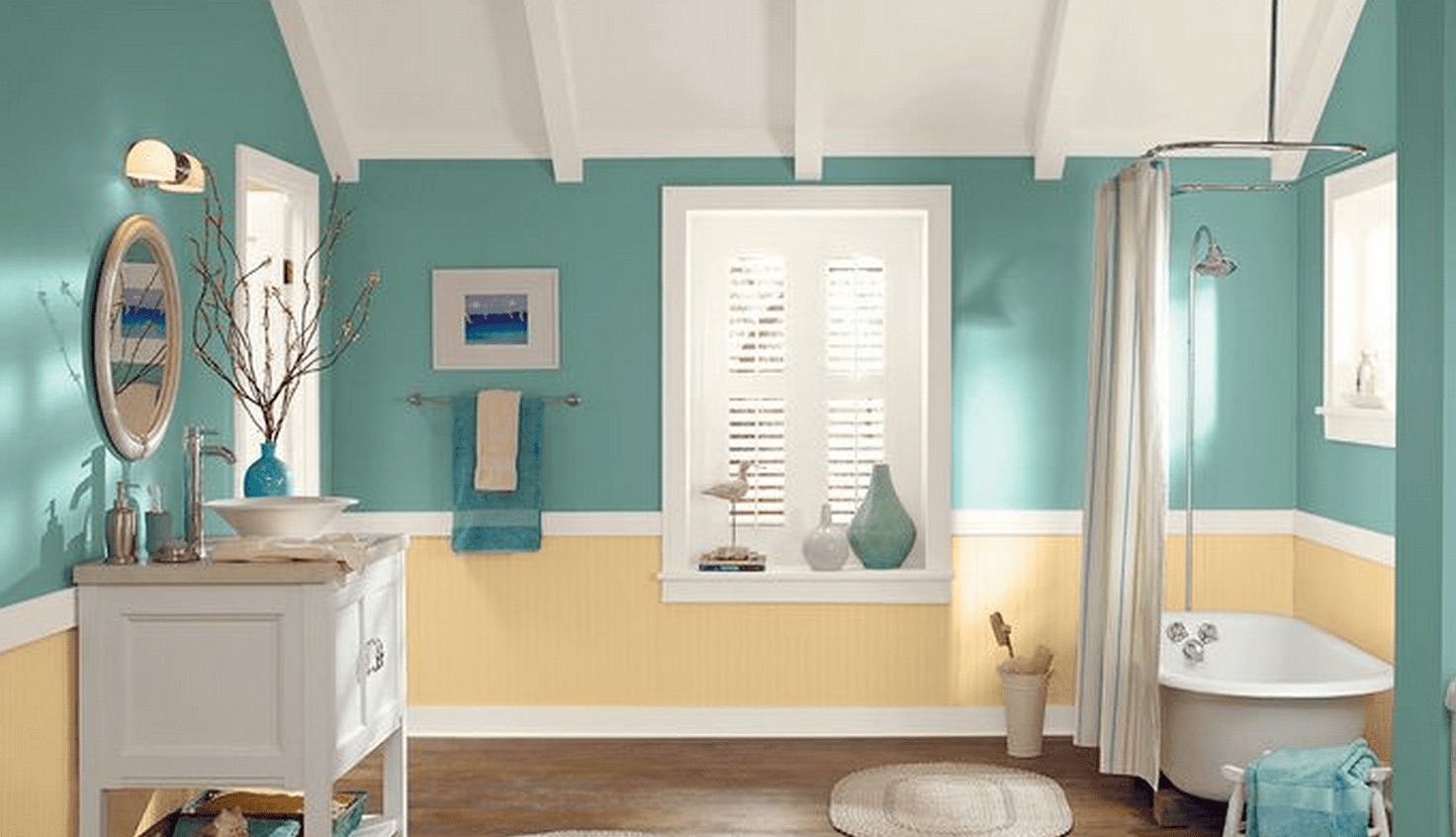
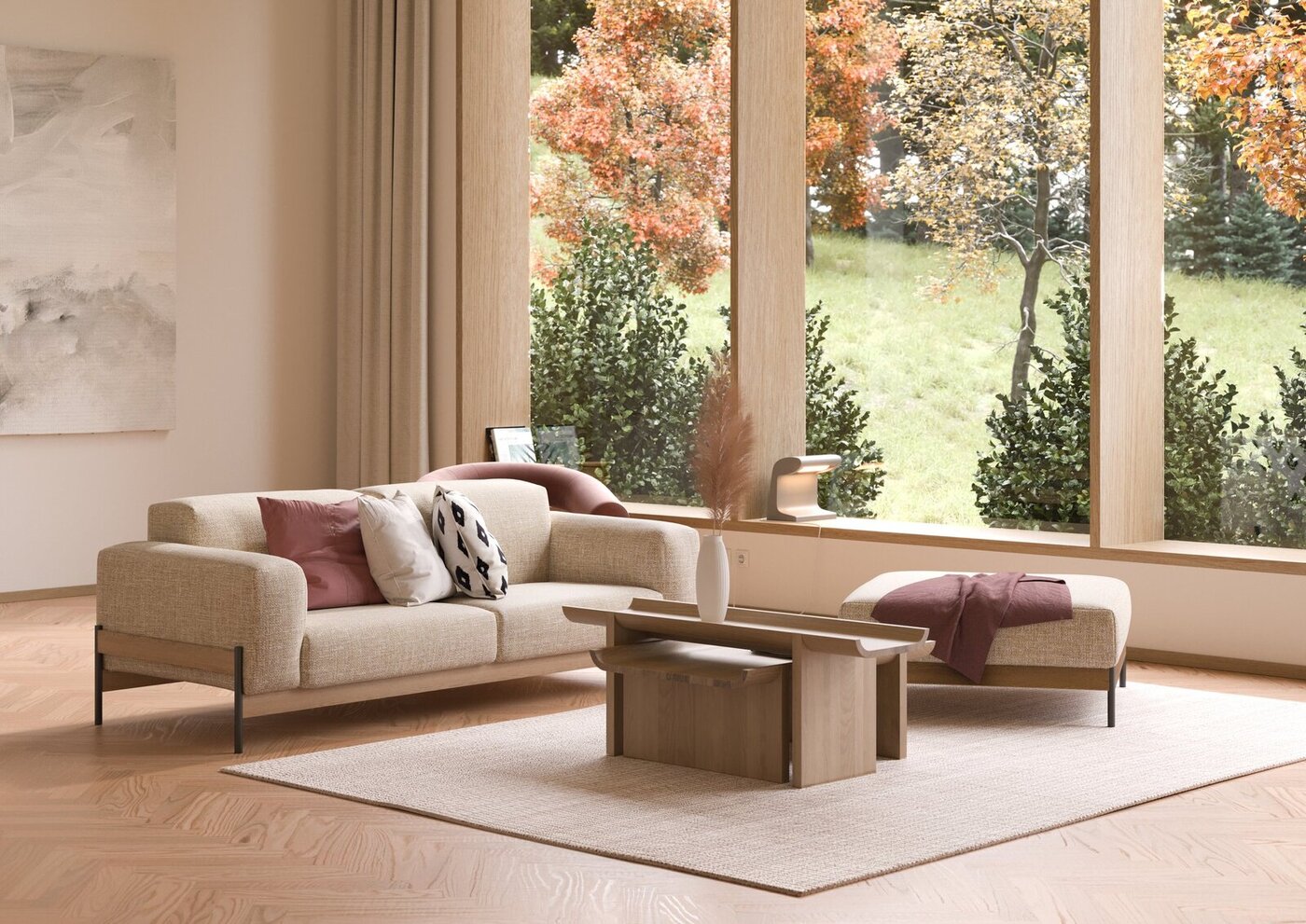
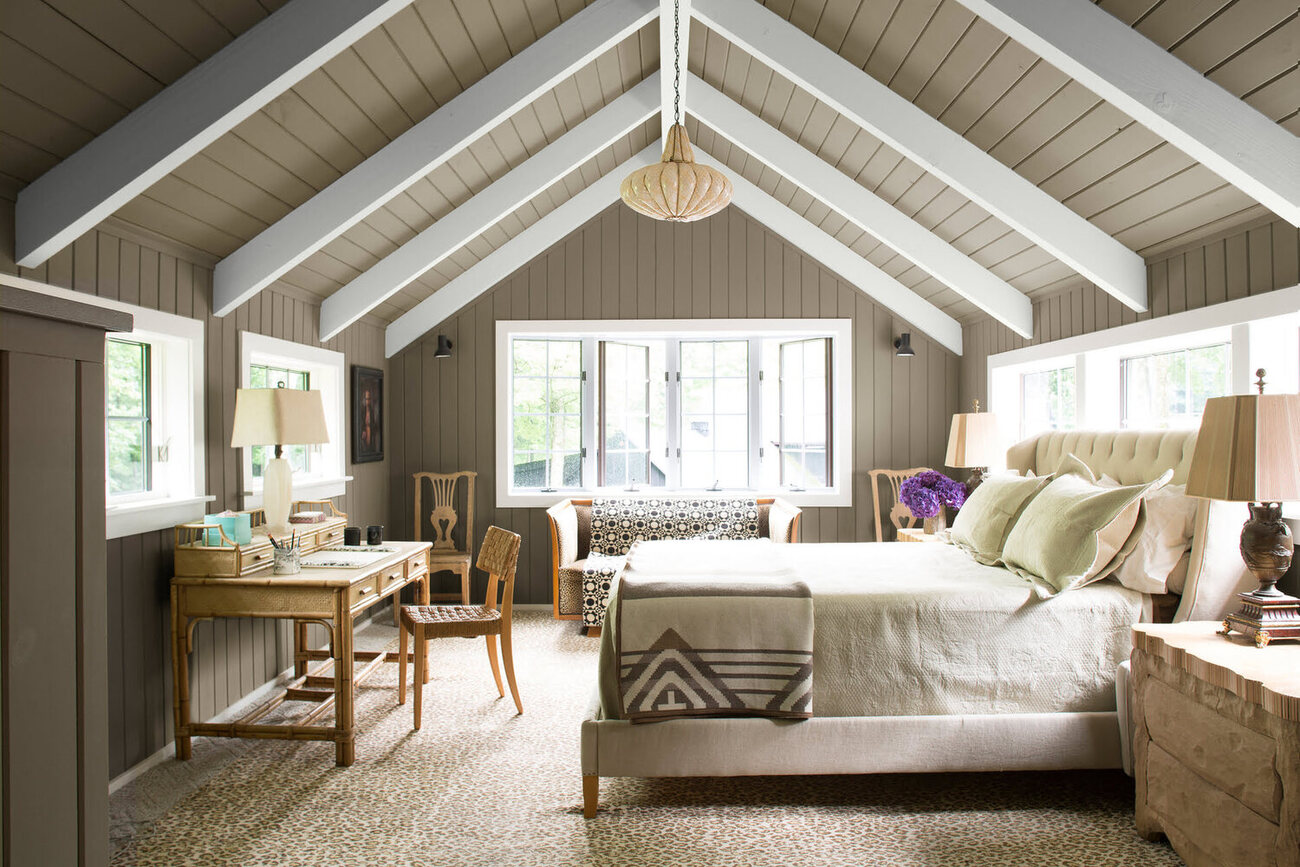
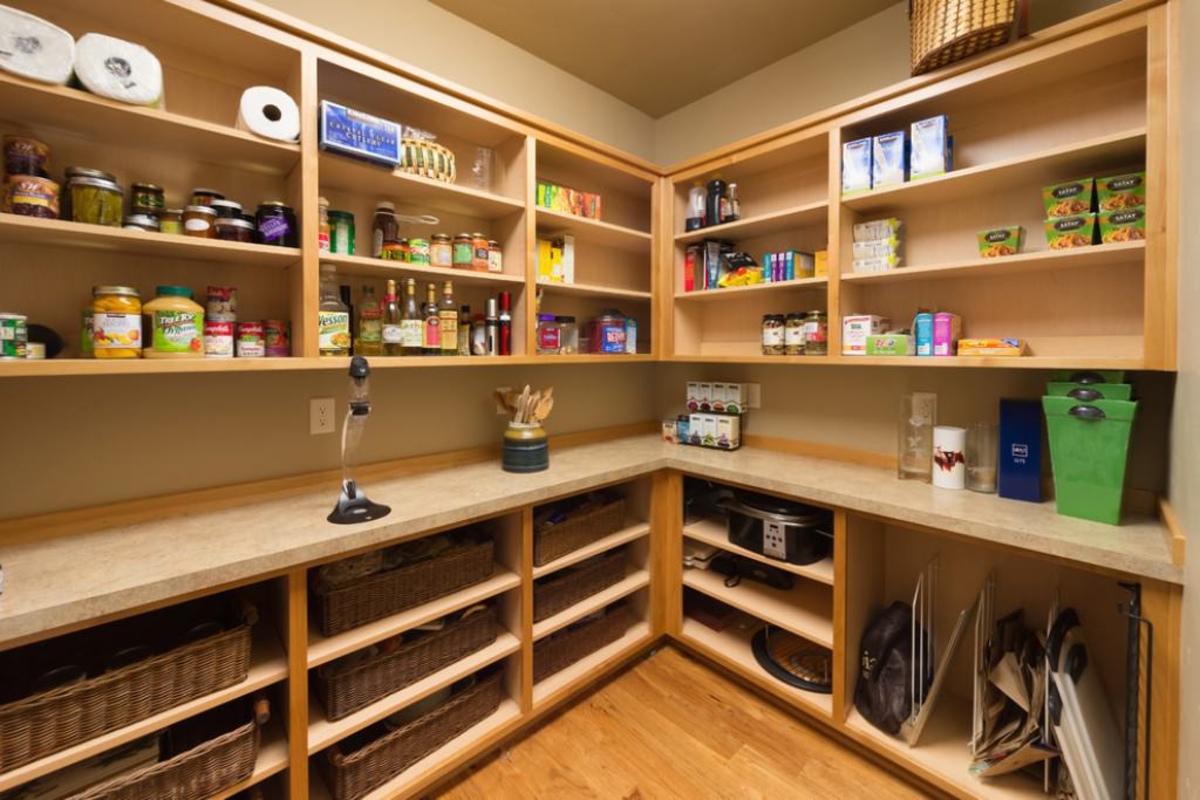

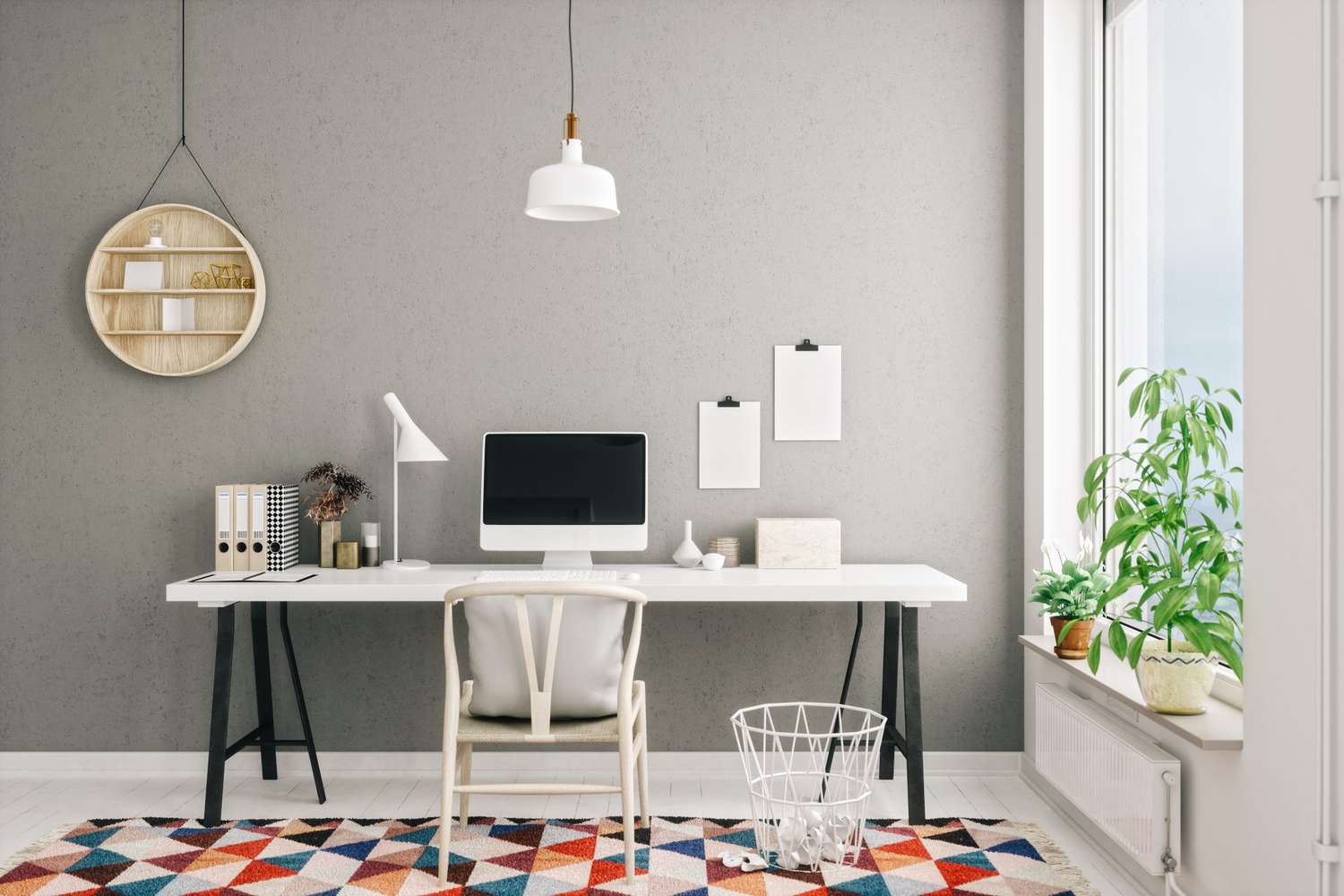

0 thoughts on “What Color Should You Paint A Home Office?”